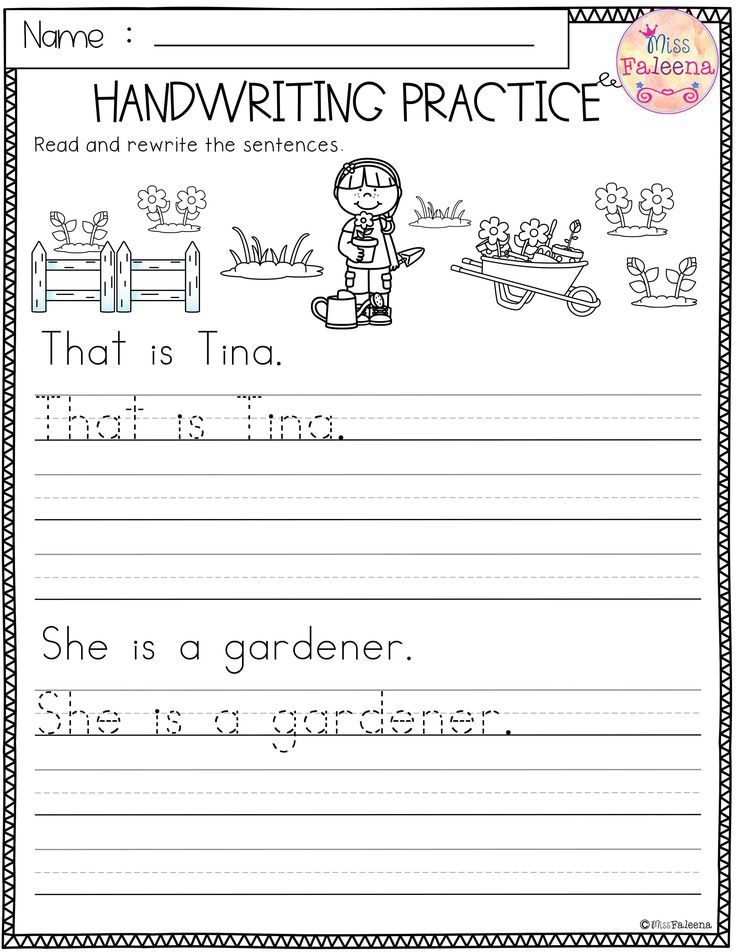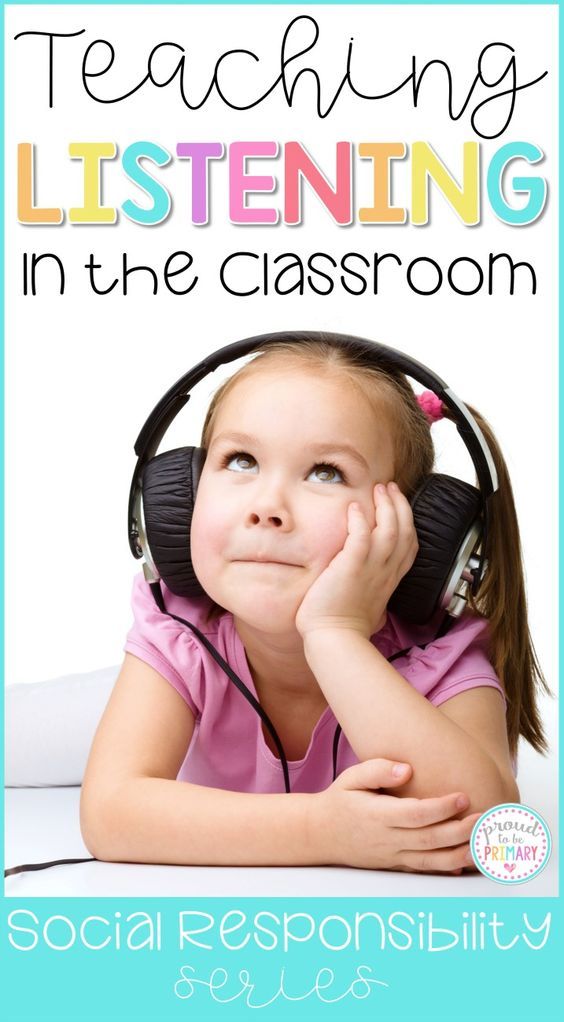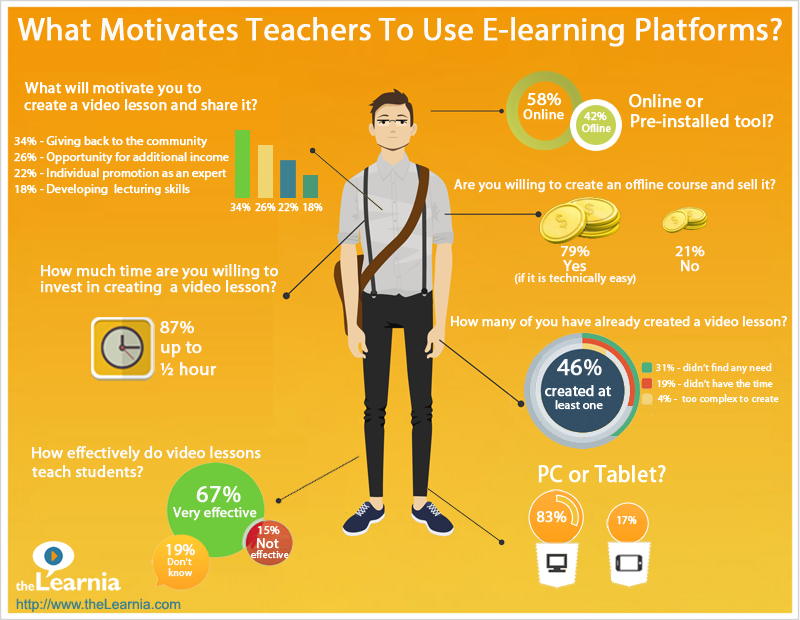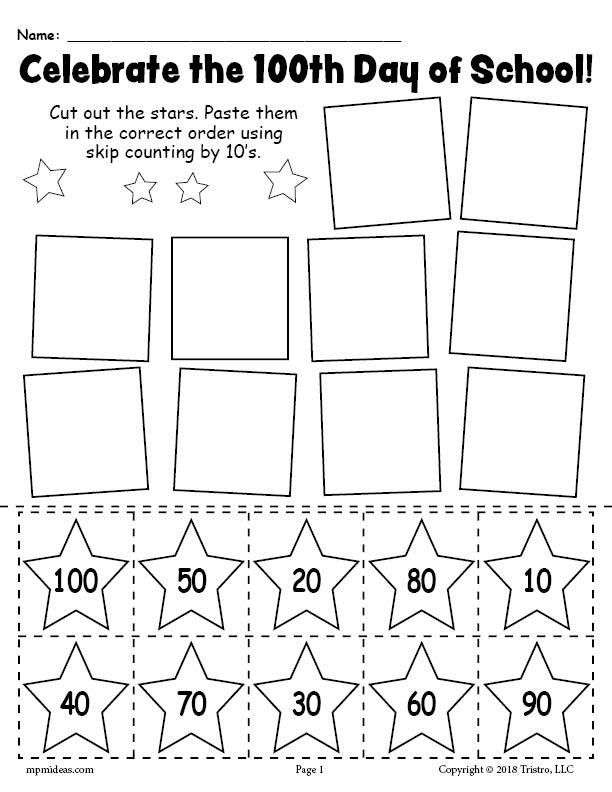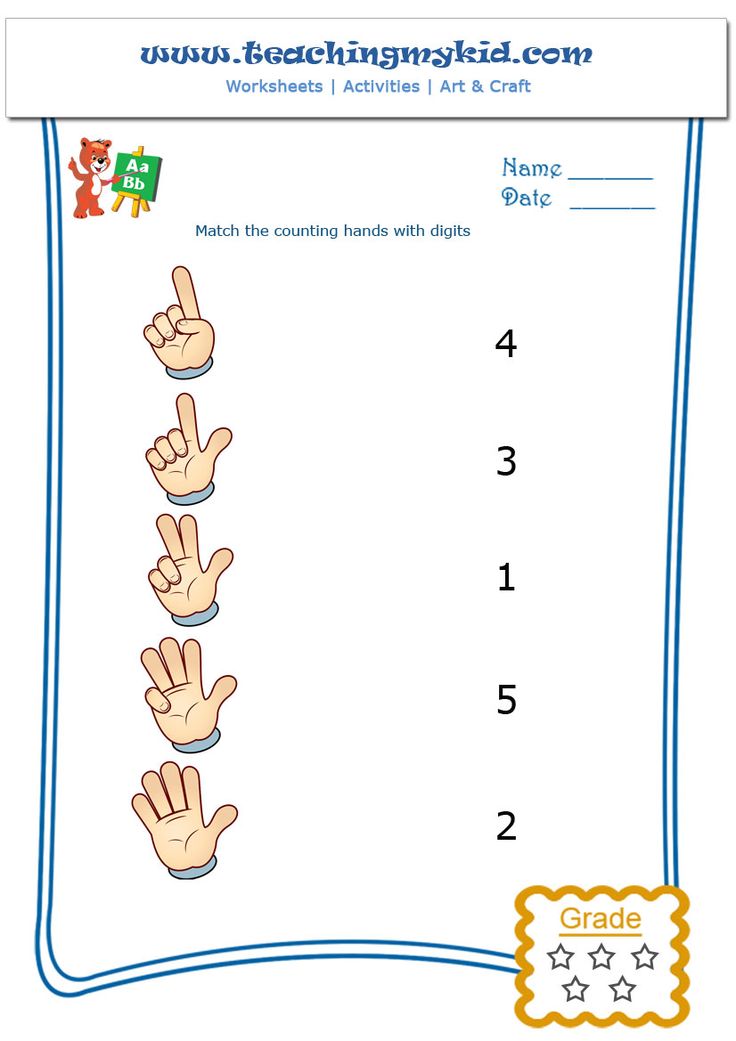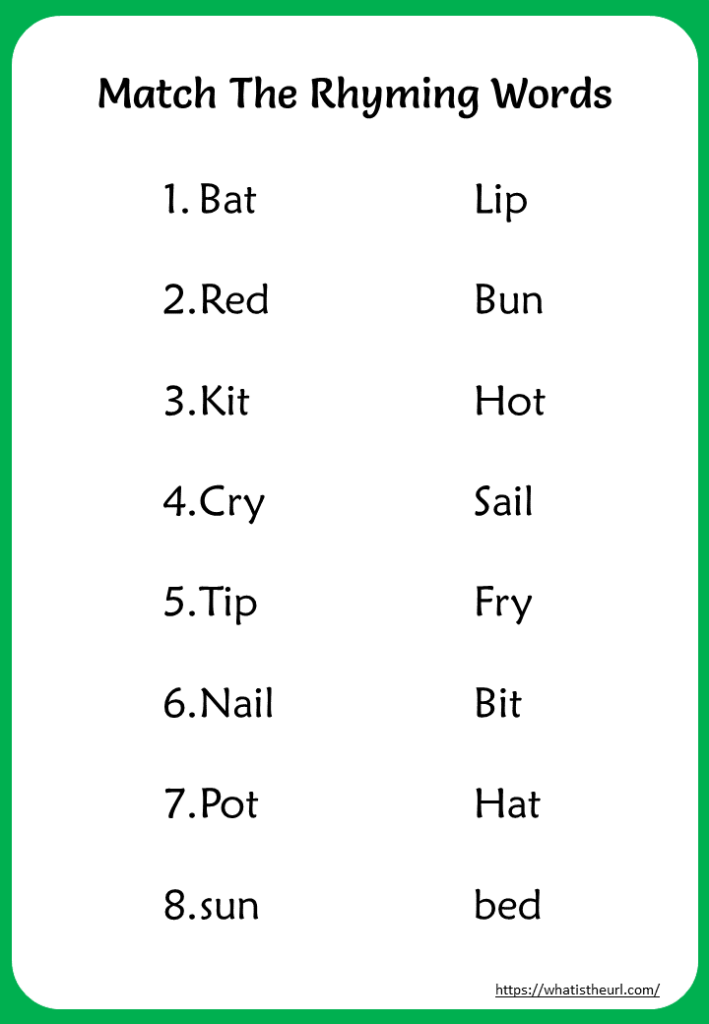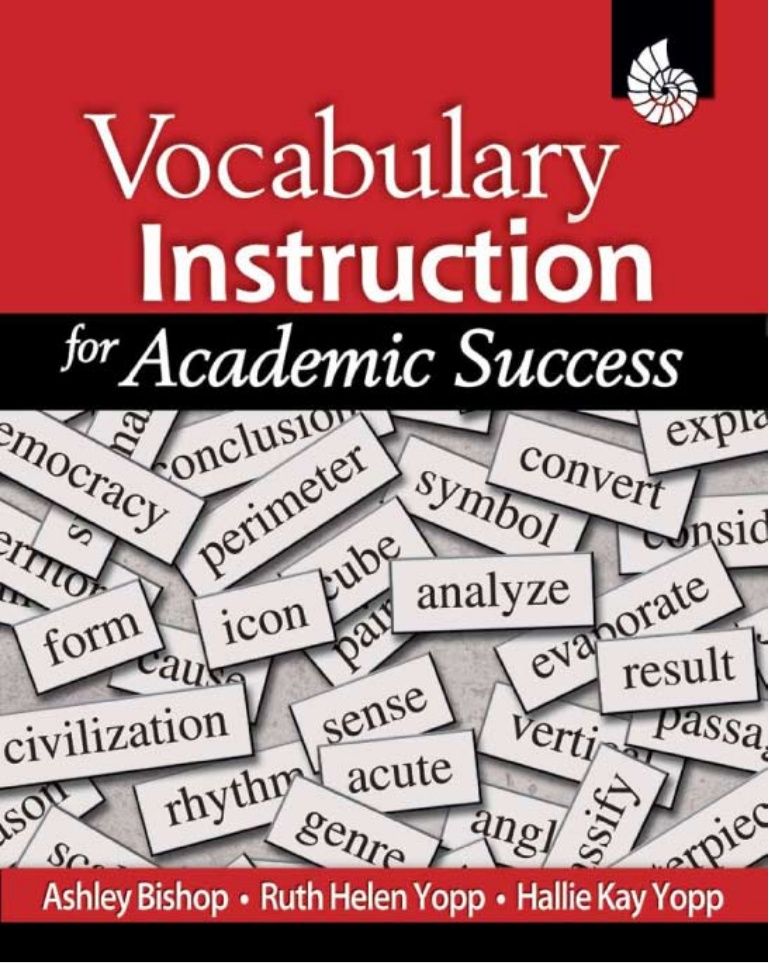Simple sentences for 1st graders
How To Make The Most Of Simple Sentences For Kids
When a child finally learns how to construct their own simple sentences, for kids (and parents!), it’s a really special moment.
Word combinations such as “knee sore” turn into, “Mommy, my knee is sore.” Or “now juice” develops into, “Can I have some juice?”
There’s no denying the importance of sentences — they help us better express our thoughts and feelings. So the only question now is: How can you help your child start constructing their own sentences so that they, too, can communicate better?
Two words: simple sentences.
When Do Kids Start Forming Sentences?
Children start forming sentences once they know a few words. But language development is quite a journey!
Somewhere between 18 and 24 months, a toddler will begin constructing two-word “sentences,” like “want milk” or “no sleep.” At this stage, they are linking two or more words together to express an idea. This is the first step and a big milestone.
By four years old (sometimes earlier), most children are speaking in complete sentences. But that doesn’t mean they’ve reached the end of their sentence journey.
While your child may be speaking in complete sentences, finding playful ways to expose four and five year olds to sophisticated aspects of sentences while being kid appropriate is beneficial. This will help them continue developing their language skills.
One of the best ways to do so is to encourage children to speak in complex sentences to express their ideas. How? This can be achieved by simply resisting the temptation to simplify our own speech.
Remember that children are learning sponges! They will naturally pick up on the language habits you expose them to. So, continue speaking in complex sentences while in their presence. It’s not a bad thing if your child asks, “What does that mean?”
Of course, simple sentences come first.
What Makes A Simple Sentence?
A simple sentence is the most basic form of a sentence.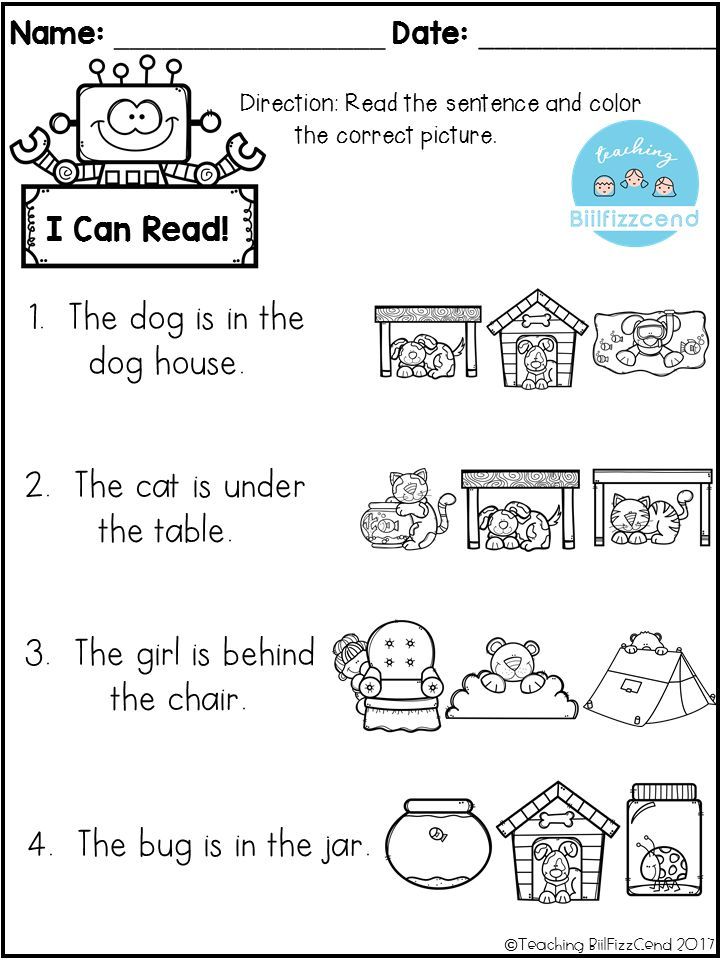 It contains only one independent clause — a group of words that forms a complete thought and is made up of a subject and predicate (which includes a verb and expresses what is said about the subject).
It contains only one independent clause — a group of words that forms a complete thought and is made up of a subject and predicate (which includes a verb and expresses what is said about the subject).
For example, in the simple sentence, Thomas kicks the ball, “Thomas” is the simple subject and “kicks the ball” is the predicate, with “kicks” being the verb, or simple predicate.
Simple sentences for kids are mostly short, but they can also be long. The length of the sentence isn’t the focus. What’s important is that the basic elements (subject and predicate) are always present.
When we communicate in our everyday lives, there’s usually a good mixture of both simple and more complex sentences without us even thinking about it. In order to help our kids reach this effortless communication stage, we need to help them understand the basics.
The good thing about the English language (and every other language, actually!) is that once you understand the basics, moving on to complicated structures is easier.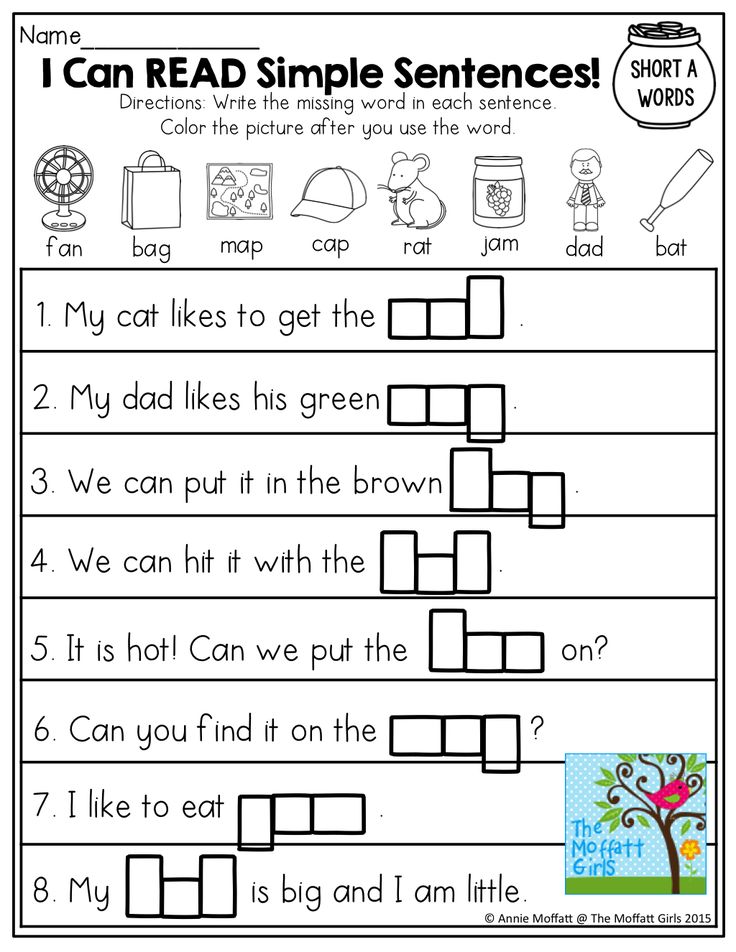
Simple Sentences For Kids To Act Out
One of the best ways for children to learn is through acting things out. If you have an active young child who enjoys moving around, why not use their energy to encourage some learning?
Here are some simple sentences for kids they will have fun acting out.
- He reads a book.
- The dog barks.
- The cat sits on the mat.
- I hop on one foot.
- The pig gobbles his food.
- The rooster crows.
With these sentences for kids, your child will have a blast while naturally learning what makes up a sentence!
Other Ways To Practice Sentences For Kids
1) Use Pictures
We recommend having your child use pictures to make up stories. You can even record the stories and listen to them for a little added fun!
If your child wants to write their ideas, too, that’s great! But don’t worry about standard spelling; much more important is the creative effort involved in thinking of a great story composed of interesting sentences of their own creation.
You can use pictures of animals, nature, sports, or even family photos. Then encourage your child to share whatever comes to their mind after having a look at these images.
During the first session, your child may need a few verbal prompts to help them get started. Simple questions like, “What’s happening in the picture?” or “What does this image remind you of?” can help to get their creativity flowing.
If you have multiple children, you can allow them to share what they came up with about the same image. As individuals, they will most likely think of different sentences, so this is a great opportunity to emphasize how everyone has unique ideas.
We encourage you to allow your children creative freedom here. The idea is to place an image in front of them and let them create anything they feel like creating.
2) Play Sentence Games
If you’ve been following our blog for a while, you’ll know one thing for sure — the HOMER team loves a good game! Games are not only fun, but they’re also great ways to help children remember fundamental learning concepts.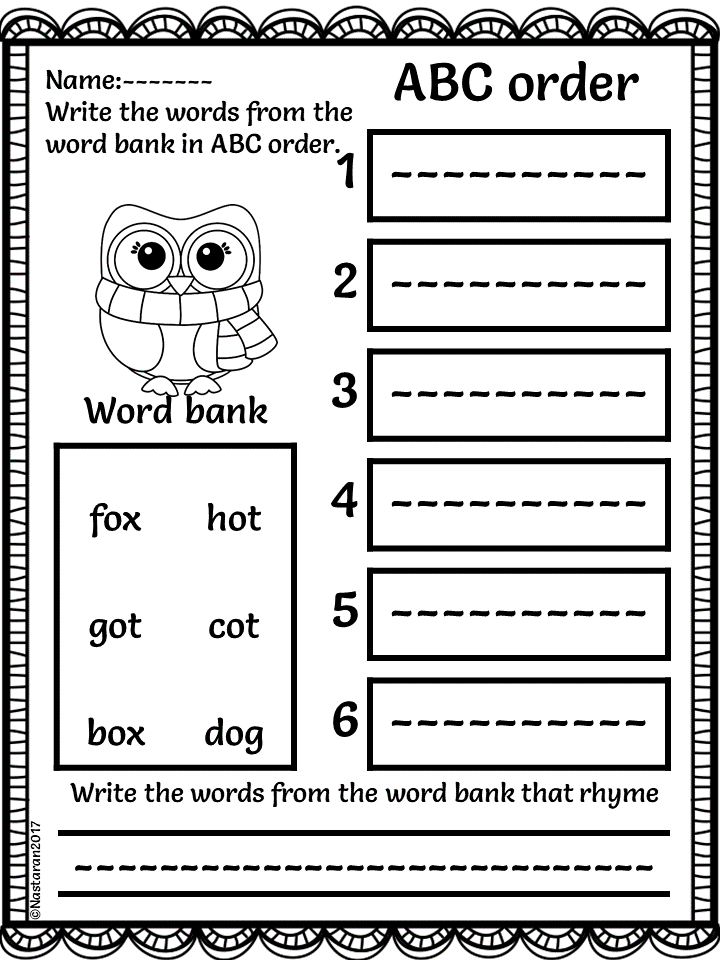
One of our favorite sentence games is Sentence Mix & Match.
What You’ll Need:
- Several index cards
- Markers to write with
What To Do:
- Write interesting subjects on half of the index cards (Ideally, these are things that your child likes. For example: dinosaurs, ice cream, different shapes, colors, etc.).
- On the other half, write predicates or sentence endings that make sense with your individual subjects.
- After writing, place the cards so that they make realistic sentences.
- Then, turn all the cards over and shuffle them. At this point, you want to ensure that you separate sentence beginnings and endings.
- After the shuffle, turn your cards over and discover what silly sentences you get.
- Remember to begin the subject cards with capital letters and sentence-endings cards with a period.
This is a fun activity to help children see that sentences are not always set in stone. They will also quickly learn that the meaning of a sentence can change when words get moved around.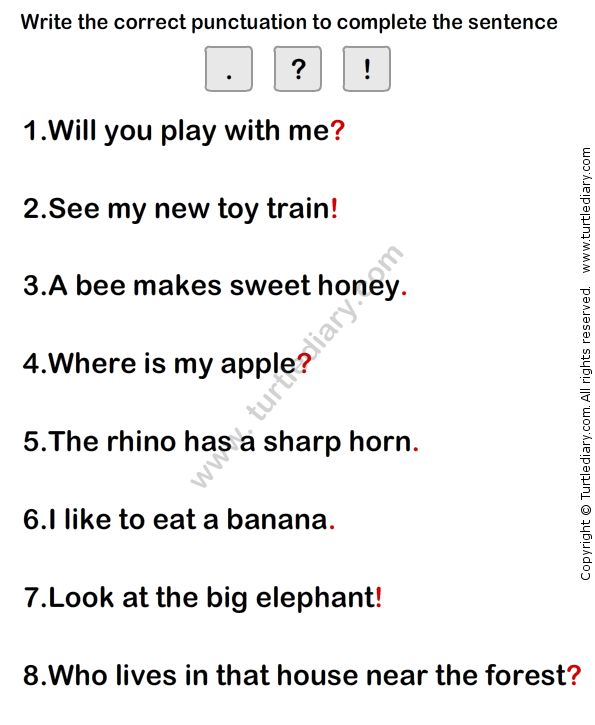
3) Play With Types Of Sentences
Sentence Mix & Match is not the only way to help children learn sentences for kids while also having fun. Another activity we’re huge fans of is playing with types of sentences. Specifically — statements, questions, and exclamations.
To get started, pick any simple sentence that your child will already be familiar with (e.g., “I like playing outside.”).
Next, encourage your child to say this same sentence as a statement, a question, and then an exclamation.
Similar to Sentence Mix & Match, this game helps children understand that minor tweaks can change the meaning of a sentence.
Children will come across punctuation marks during reading time, but they may not always understand the significance of each. This game will help your child learn how periods, question marks, and exclamation points affect a sentence.
5) Make A Switch
The subject and predicate for each simple sentence have a specific function.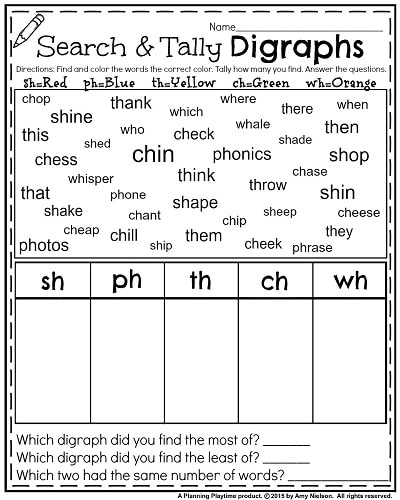 For children to use these correctly, they will need to understand what their roles are.
For children to use these correctly, they will need to understand what their roles are.
When kids start speaking as babies and then toddlers, they often repeat words, phrases, or the simple sentences they’ve heard from you, your partner, siblings, or other people around them.
At this stage, they haven’t fully grasped the functions of subjects and predicates. If we want to help our children develop their own sentences, we will need to help them understand the roles of these sentence parts.
A creative game they (and you!) will enjoy involves switching the subjects and predicates of a sentence.
Start with a simple three-word sentence, like, “A cat played.” Then take turns changing either the subject or the predicate of the sentence.
This may look something like this:
- A cat jumped
- A dog jumped
- A dog growled
- A gerbil growled
- A gerbil scampered
Once your young learner is confident switching three-word sentences, move on to four words, five words, and so forth.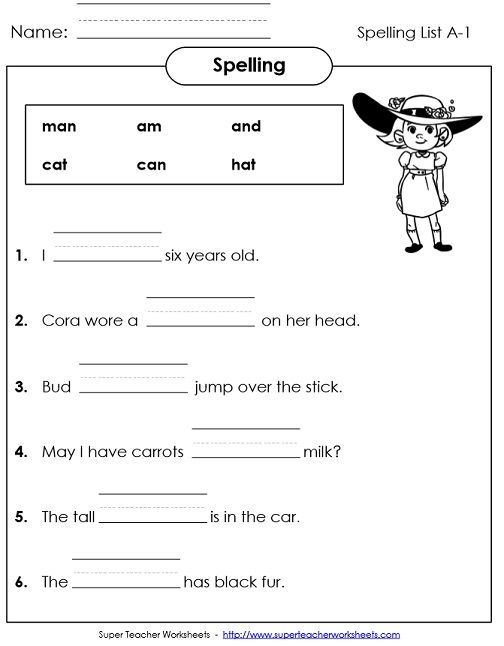
Through this fun activity, your child will start understanding the roles of predicates and subjects in sentences.
Simple Sentences For The Win!
A child’s language journey is pretty incredible. It often starts with lots of babbling and moves to single words. Soon, you get two-word combinations, and before you know it, you’re given a detailed account of what happened in class today.
As you’re doing the activities we’ve mentioned, remember to allow your child creative freedom. We know that language has a lot of rules, but that doesn’t mean it can’t be fun! Encourage your young learner to be as imaginative as they want to be.
For instance, if they write or say, “The lion growls at the dinosaur,” let’s celebrate the correct sentence construction and, for a moment, imagine a world where lions and dinosaurs exist in the same age!
For more fun and effective learning activities, check out the HOMER Learn & Grow app.
Author
Writing Sentences in First Grade
Writing sentences in first grade, kindergarten, or second grade can be a difficult thing to do.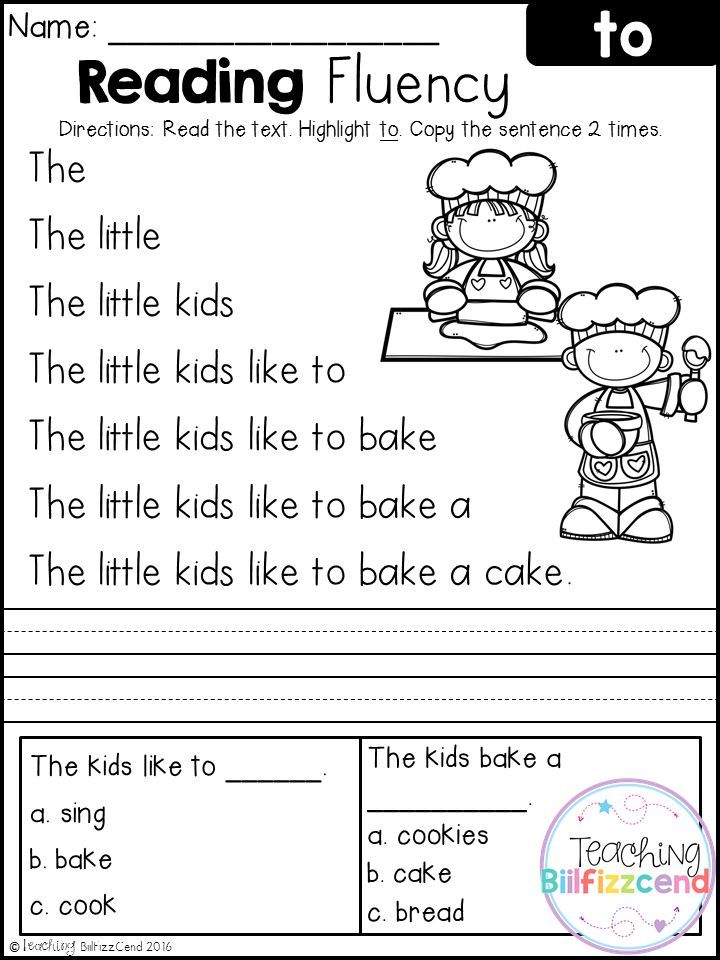 Today, I wanted to share the steps I walk through the get my primary students feeling comfortable writing sentences. They will learn the parts of a sentence, how to write a complete sentence, and how to make detailed sentences.
Today, I wanted to share the steps I walk through the get my primary students feeling comfortable writing sentences. They will learn the parts of a sentence, how to write a complete sentence, and how to make detailed sentences.
You can see all this information by watching the video below over on my YouTube channel:
while you are there, be sure to subscribe to my channel to see tons more teaching videos!
To read the 5 steps I take to teaching sentence writing here, just keep scrolling!
Step 1: EXPLAIN what a sentence is
Explicit teaching is so important when teaching a new skill. It is even more important when it comes to teaching our youngest learners.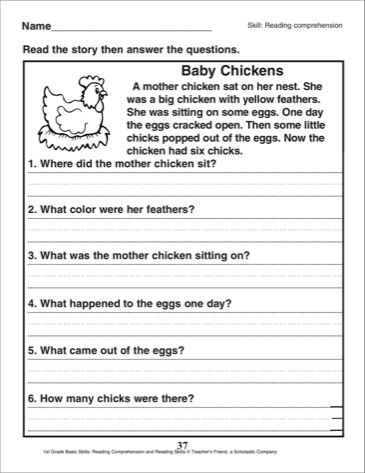 This anchor chart can be found in my Sentence Writing Unit on TPT.
This anchor chart can be found in my Sentence Writing Unit on TPT.
When teaching what a sentence is, I explain that a sentence is a group of words that when put together, share a complete thought. I also like to point out the naming part and telling part of a sentence, along with the fact that our sentences start with capital letters and end with punctuation.
We will usually talk about the progression of letters and how letters make words, then we use words to make sentences, and sentences to make paragraphs, etc.
Step 2: Identify Parts of a Sentence
This is where I want my students to take what I just taught them and make sure they are able to go ahead and identify different parts of a sentence. There are a few different ways I like to do this. I will go ahead and use sentence strips to make a bunch of different naming parts and telling parts of a sentence. You could also just print out these ones I have ready-made in my Sentence Writing Unit on TPT.
I would go ahead and choose one of the naming parts to explain that this is a naming part because it tells us the WHO or the WHAT of the sentence.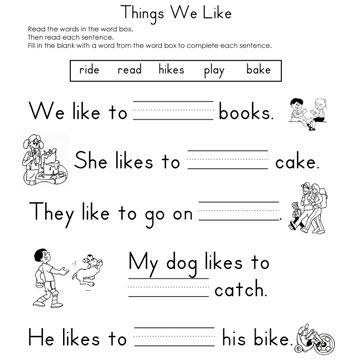 I would also point out the capital letter at the beginning. Then I would model holding up a few different telling parts and as a class, we would determine which telling part(s) could complete the sentence to make sense.
I would also point out the capital letter at the beginning. Then I would model holding up a few different telling parts and as a class, we would determine which telling part(s) could complete the sentence to make sense.
After we practice this a few times, I would have students use the naming and telling parts to mix and match and make different sentences and illustrate using a sheet like this:
After they’ve practiced this a few times, as an extension, I would have them identify the parts of a sentence using a practice sheet like this one below where they use different colors to identify both parts of a sentence and then illustrate to show understanding.
Step 3: Model how to write our own sentences
Once students know what a sentence is and they can easily identify sentences and their parts, we move into teaching them HOW to write their own sentences. To do this, I like to use an anchor chart like this one to show them the 5 steps I follow:
Now depending on how you teach writing in your classroom, you will likely teach this slightly differently.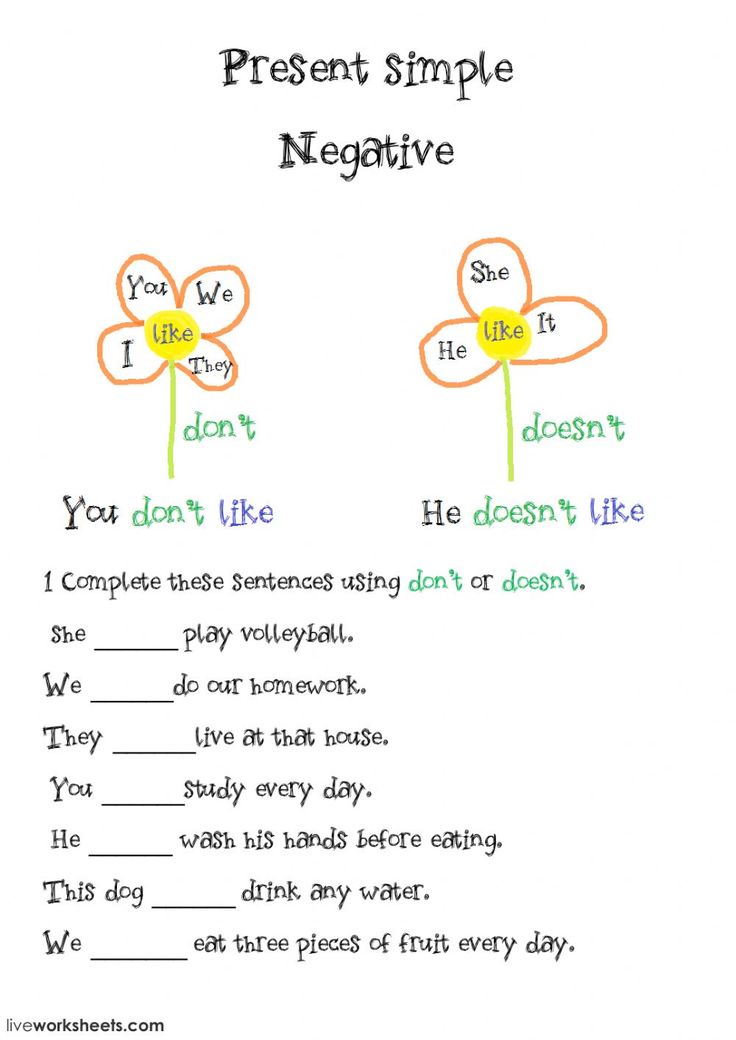 For example, if you teach using the writing workshop method, you will teach how to write these sentences within your writing unit. Let’s pretend you are teaching personal narratives and you’ve already done your illustrations. To model writing a sentence, I would use my illustration to brainstorm a sentence (My sister and I went to the beach). I would model saying it aloud, counting the words, drawing the lines, writing, and then reading it back. We would do this a few times so students can see how I would brainstorm sentences to add to my story.
For example, if you teach using the writing workshop method, you will teach how to write these sentences within your writing unit. Let’s pretend you are teaching personal narratives and you’ve already done your illustrations. To model writing a sentence, I would use my illustration to brainstorm a sentence (My sister and I went to the beach). I would model saying it aloud, counting the words, drawing the lines, writing, and then reading it back. We would do this a few times so students can see how I would brainstorm sentences to add to my story.
If you’re teaching how to write sentences as a stand-alone unit, then there are 3 different ways I like to teach students to write their own sentences.
(1) Predictable sentences
(2) Sight word sentences
(3) Illustration sentences
With predictive sentences, you are doing the most work by giving students an almost complete sentence and they need to think of their own word or two to finish it. This is great for kindergarten students so they can copy over correct words and feel confident, then add their own word(s) to create their sentence.
Sight word sentences take it one step further as you supply students with a common word and they must make their own sentence using the word. Lastly, illustration sentences are fun because they just look at an illustration and brainstorm their own sentence about what they believe is happening in the picture. As you can imagine, these are scaffolded a bit so you can use the different sentence types with different grade levels or groupings of students depending on what they need at the time.
Step 4: Write, write, write
Now it’s time for students to practice writing their own sentences. In my Sentence Writing Unit, I created a bunch of practice sheets for students to begin creating their own sentences. There are 12 different sheets for each type of sentence (predictive, sight word, and illustration sentences). Also, at the bottom of each practice sheet, I made some checkboxes where students can mark off if they’ve added a capital letter, punctuation, spaces, and if they’ve read it back to make sure it makes sense.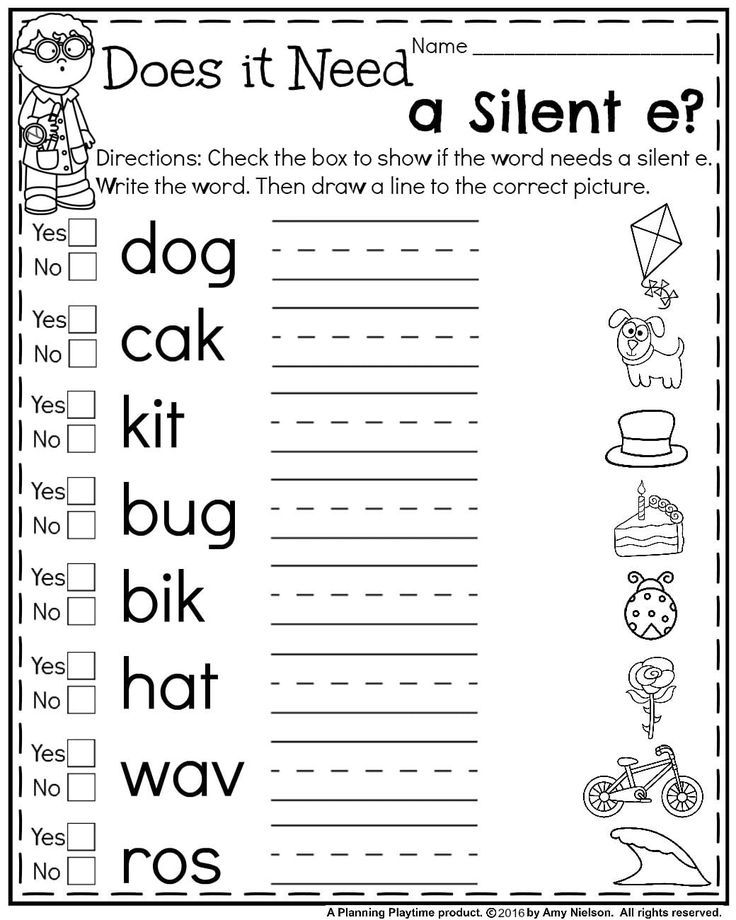 This way students get used to checking what they write.
This way students get used to checking what they write.
You can see what some of the practice sheets look like here:
Step 5: Expand!
Okay once students can write their own sentences, we need to get our students to expand their sentences and start writing more details! To help with this, I like to use the question words. To model, I will simply start with a sentence like this one:
Original sentence: The girl sat.
Super sentence: Jenny sat at her desk and ate her snack.
Then we walk through some of the question words, and with the help of my students, we expand our sentence to create our own super sentence! I make sure to explain to students how when we add more details to our sentences, the reader gains so much more information about what is happening in our story.
You can have students practice this by generating simple sentences, then have students use the question words to expand the sentences. I have a bunch of these practice sheets in my sentence writing unit along with everything else in this post.
I have a bunch of these practice sheets in my sentence writing unit along with everything else in this post.
I like to have students expand their sentences within their writing workshop pieces as well. These free posters to help students ask themselves specific questions depending on whether they are writing a fiction or nonfiction piece.
You can grab these free posters below:
click above for the free posters!Those are the 5 steps I like to take when teaching students how to write sentences! You can see that depending on your class’s grade level and skill level, you might jump in at step 3 or 4. You may also use any of these activities in small groups depending on what your students need.
All of the activities and anchor charts you’ve seen here can be found in my Sentence Writing Unit over on TPT. You can click below to grab them:
Do you have any other great tips for teaching how to write sentences? Leave them in the comments below!
Training dictations in Russian | Grade 1
Training dictations are short texts from simple sentences related in meaning.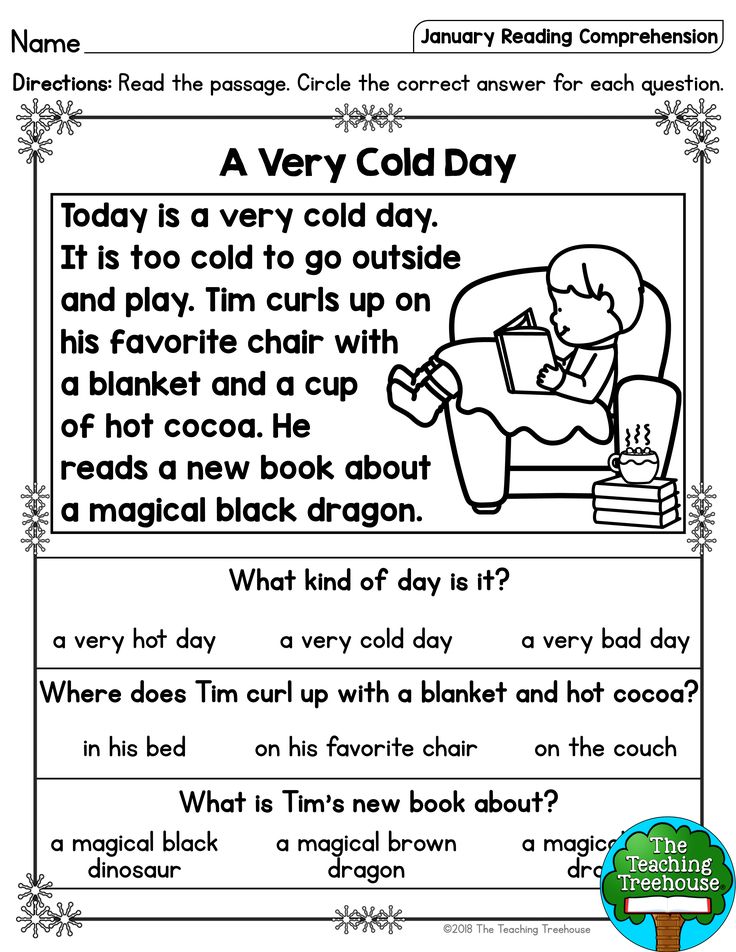
Russian language dictations for the first grade are designed to develop the perception of oral speech, ear and hand coordination, and to consolidate calligraphy skills.
Dictation texts for Grade 1 are simple and clear. In principle, you can compose such passages yourself. The texts given here serve as a guide for parents, they can be used to review and consolidate the material covered during the summer holidays.
The texts are arranged in order of increasing difficulty. Slightly more difficult writing dictations for the second half of the year.
Dictations for 2nd grade see here.
Control dictations for grade 3 with assignments posted here.
Control dictations with assignments for grade 4 here.
First half of the year
***
Boris has a cat. Barsik rolled a ball. We were in Park. There are lindens and pines.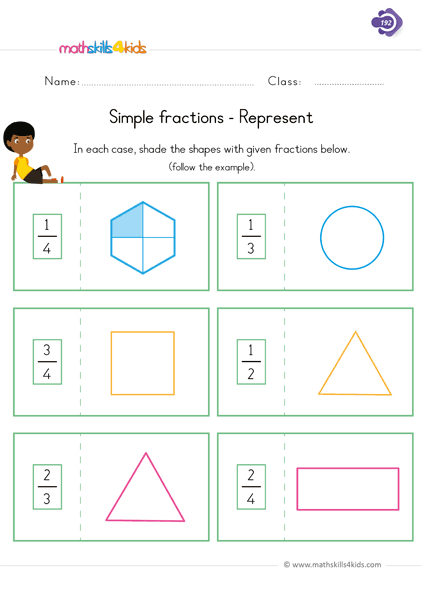 Zina is small. Zina has a doll.
Zina is small. Zina has a doll.
***
Roma small He washed his own hands. Here are the chickens. Ivan feeds the chickens. Here is the juice. Dana drank juice.
Key
Alyosha and Kolya were going to the grove. It was hot. And here is the key. He is clean. Alyosha drank water.
***
Summer has flown by. It's beautiful in the forest. We have paints and brushes. Nina and Lena painted pine trees. Anton painted bushes.
In summer
Siskins sing in summer. Swifts fly. Lilies of the valley bloom in the forest. Hedgehogs rustle under the spruce. The guys are looking for cones in the forest.
Beavers
Beavers live on the river. They are excellent builders. Beavers have razor-sharp teeth. On the river, beavers make dams from aspen trunks.
Lynx
A red cat was lying on a tree. The cat had green eyes and tassels on its ears.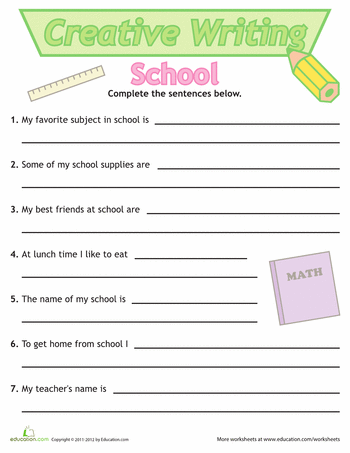 Strong paws dug into the trunk. It was a lynx.
Strong paws dug into the trunk. It was a lynx.
New house
We have a big construction site going on. Syoma and Yasha are going to a new house. The house has five floors. At the porch of the car. The boys are happy.
Reference words: large, floors, we have.
Toys
We had a labor lesson. We made our own toys. Here is a horse and a bunny. Lyuba and Masha have a doll. Kolya made a Christmas tree out of paper. Our toys are great!
Words for reference: we have done.
Rosehip
A beautiful bush grew in the forest. The bush bloomed with bright flowers. It was a rosehip. Nice scented roses! Masha began to pick roses. And there are spikes. Masha has a splinter.
Two comrades
Pupil Yura Chaikin solved a problem. The task was difficult. Slava Schukin has arrived. Friends solved the problem together. So Slava helped his comrade.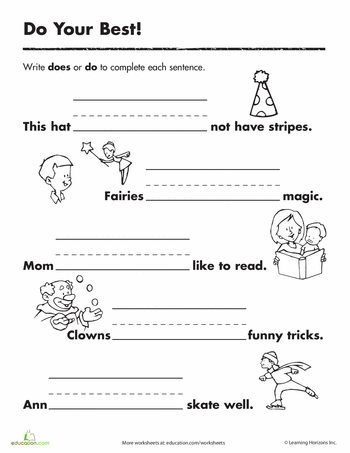
My friend
We live in a new house. Alyosha is my friend. He goes to school. Alyosha loves to read. He teaches me. I already know all the letters.
Reference words: friend, me, new.
Our school
Our school is new. She is bright and beautiful. Maple and linden trees grow near the school. We love our school. Our students live together.
Words for reference: about, growing, students.
My uncle
In the morning people go to work. Uncle Syoma works at a factory. He is a worker. The factory makes cars. Uncle Syoma is a good worker.
Reference words: morning, factory, worker.
At the factory
Aunt Nina and aunt Olya work at the factory. Aunt Nina knits fluffy scarves. Aunt Olya knits warm sweaters. Smart machines make their work easier.
Reference words: factory, facilitate, work.
Nursery
Granny Ray takes Luda and Nikita to the nursery.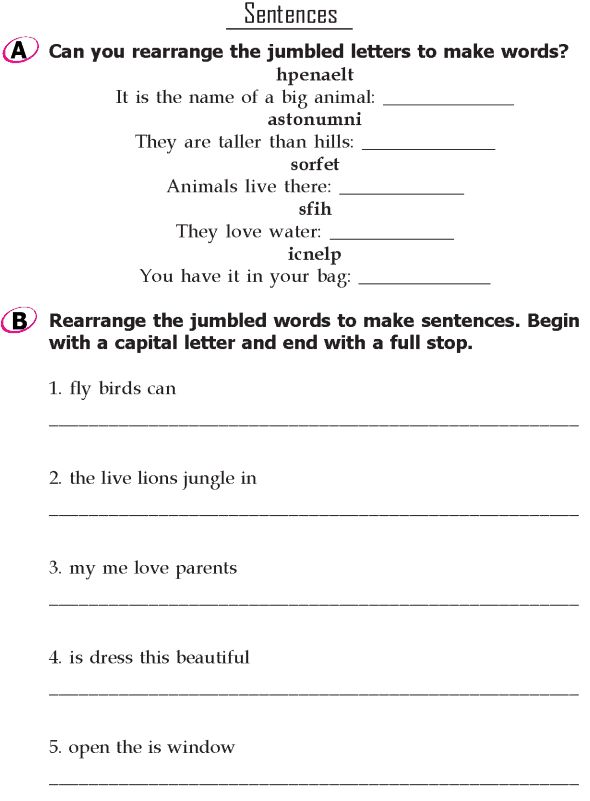 The kids love to play there. Nikita is building a house. Luda has a beautiful ball. There are many different toys in the nursery.
The kids love to play there. Nikita is building a house. Luda has a beautiful ball. There are many different toys in the nursery.
Reference words: love, toys, a lot.
Our grandfather
Me and my brother Petya lived with my grandfather. We helped grandfather dry the net. Grandfather Semyon taught us how to repair nets. I loved working with my grandfather.
Dymok
Seryozha has a cat Dymok. He is small. The cat is gray and fluffy. The cat's paws are white. Smoke eats fish.
Roses for mother
Beautiful bushes grew in the garden. They were roses. They were raised by Syoma and Yura. Good roses! The boys cut three roses for their mother.
Grandmother and grandchildren
Dima and Serezha had a grandmother. Grandmother bought a primer for her grandchildren. They are glad. The boys began to learn letters. Soon they will be reading books.
Book
I love to read.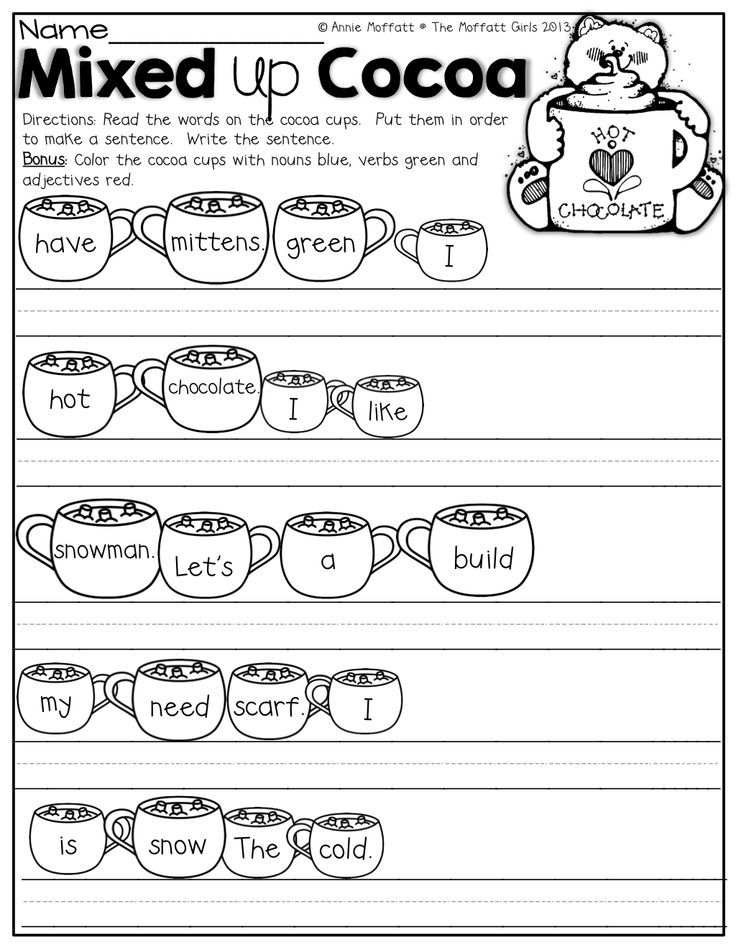 Aunt Lucy bought me a book. There are pictures. Here is an elk and a horse. And these are Christmas tree cones. I read poetry about the fox.
Aunt Lucy bought me a book. There are pictures. Here is an elk and a horse. And these are Christmas tree cones. I read poetry about the fox.
Reference words: pictures, reading.
***
Me and my brother Igor love my mother. Our mother is kind and affectionate. Everyone respects mom. She teaches children. Mom loves to listen to music.
Words for reference: respect, affectionate, she.
Our yard
Our yard is big. My brother Alyosha and I made a slide. Good porridge. The kids were happy. They quickly rush on a sled down a hill.
For friends
Sasha and Timosha left the house. They go for a walk. Here is the yard. Babies are playing. The boys began to make a slide for them. The kids are happy.
Hard times
January opens the year. This is a tough month. Blizzards howl. The snow covered all the food in the forest. Birds fly to human habitation. You help them!
You help them!
Winter in the forest
Winter. Freezing. Snow covered the stumps and bushes. Thick ice blocked the fast stream. Snow coats were put on by pines and firs. A fluffy scarf lies on the branches of a cedar. Here is a snowdrift. The bear is sleeping there.
In winter
We were waiting for winter. We called winter. The house has snowdrifts. Olga rolls a snowball. Tanya rolls a snowball. Here is the snowman.
Reference words: fun, rolling.
In winter
It's winter. Children are happy. Alyosha has a house made of snow. Vanya took the sled. Petya put on his skis. They go up the hill. Everyone is having fun there.
Reference words: fun, they.
In winter
Winter has come. Fluffy snow all around. There are patterns on the windows. Here is the bird feeder. Zina and Lisa have bread crumbs. They feed the birds. Words for reference: feed, feeder.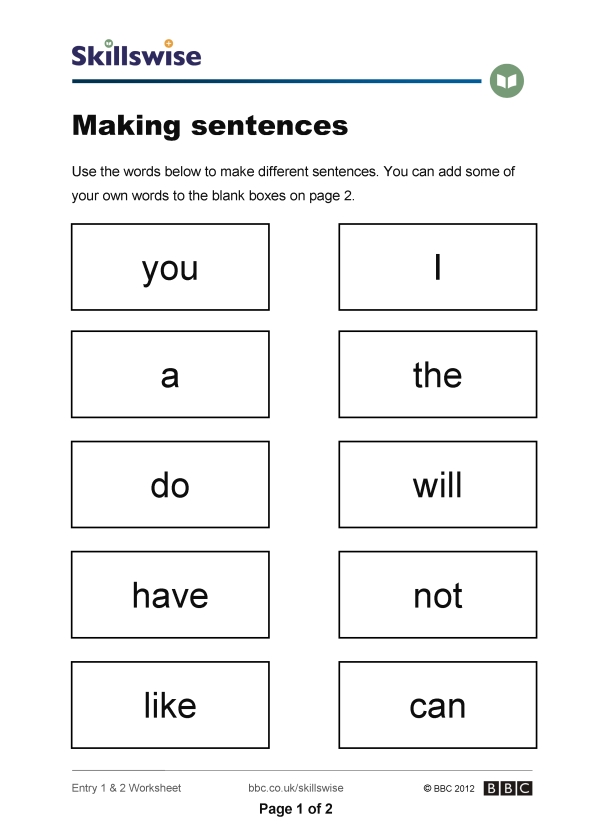
First snow
The first snow fell. Everyone is happy with the snow. Misha and Yasha went out into the yard. Olya was waiting for them there. Dad bought her skis. The children go to the park.
Words for reference: fell, snow, in the yard.
Bird food
Fluffy snow all around. He falls silently to the ground. The old stump is covered with snow. Yura goes to the forest. In the hands of the boy is food for birds.
Bunny
Winter has come. Snow all around. A hare has a white coat in winter. It is difficult for a fox to find a bunny. He sat down by a bush and slept.
Reference words: snow, hard.
Meeting
It's a clear day. We are going to the forest. There is snow on the paws of the spruce. A snowball fell on an old stump. Vanya noticed a hare. The bunny hid in the bushes.
Reference words: stands, noticed, lies
Spruce
Winter has come.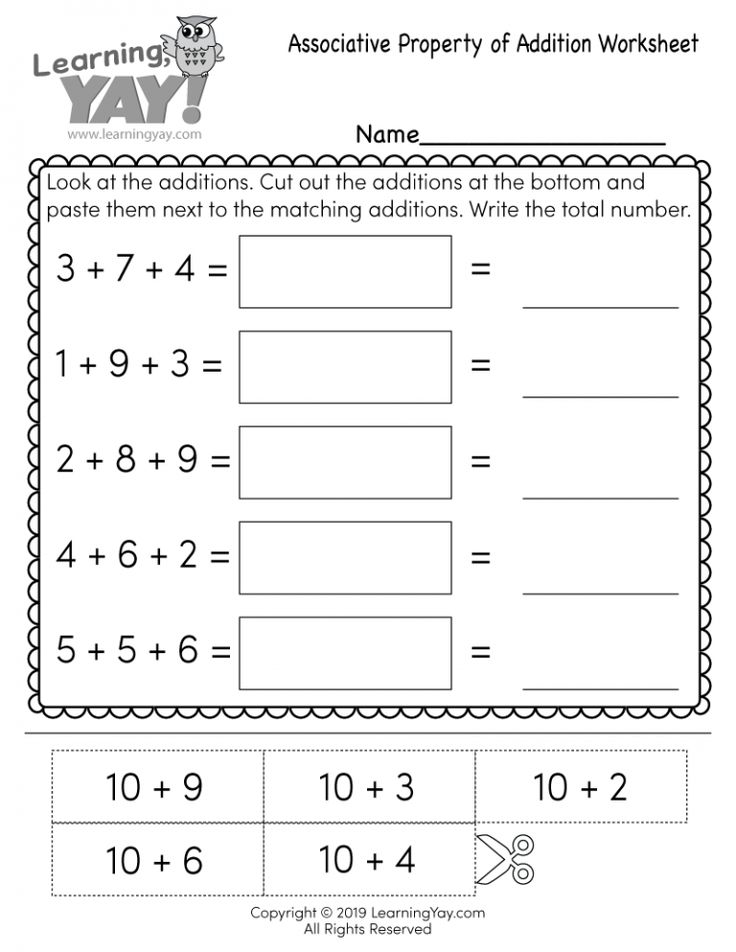 I am going to the forest. The snow crunches. At the edge of the forest is a spruce. A squirrel hid in the thick paws of the spruce. A ball of snow fell from the spruce.
I am going to the forest. The snow crunches. At the edge of the forest is a spruce. A squirrel hid in the thick paws of the spruce. A ball of snow fell from the spruce.
Reference words: snow, standing.
Rozka
Misha, Tanya and Petya lived in the village. They had a dog Rozka. Rose lived in the yard. She had puppies. The children loved Rose. (According to L. Tolstoy)
On the mountain
There is a big mountain near the school. The whole day on the mountain is a crowd of children. Ilya and Olga have skis. They run fast down the mountain. Yura has a new sled. He rides kids.
The hare and the fox
There lived a hare in the forest. He built a hut under the tree. There was a fox. She noticed the hut and knocked. Bunny opened the door. Lisa asked to visit.
Winter
It's winter. There are severe frosts. Fluffy snow covered the forest and field.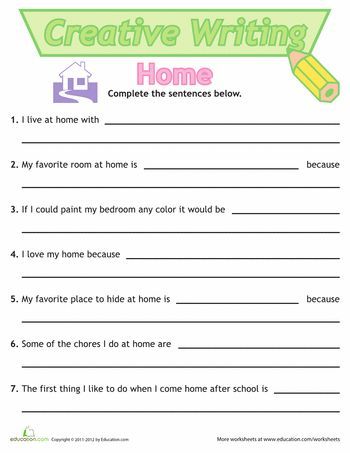 The roofs are also covered in snow. Silence all around. Only the wolves roar. They are looking for food.
The roofs are also covered in snow. Silence all around. Only the wolves roar. They are looking for food.
Snow
It was snowing in the morning. The teddy bear was sitting on a stump. He lifted his head and counted the snowflakes that fell on his nose. Snowflakes fell fluffy and white.
Deer
Deer live in large forests. Deer is a very beautiful animal with large antlers. There is a feeding trough in the forest clearing. Deer come here every evening.
Grove
We lived near the grove. It was good there. They sang chizhi. Lilies of the valley bloomed. We went for a walk in the grove.
Our dog
Ryzhik liked to scare the birds. Boys and girls played hide and seek. Murka Zoya has a cat named Murka. Murka has a fluffy tail. Green eyes. Mustaches are big. Zoya called Murka home. Murka has arrived. Zoya and Murka were playing.
Friends
It's raining heavily.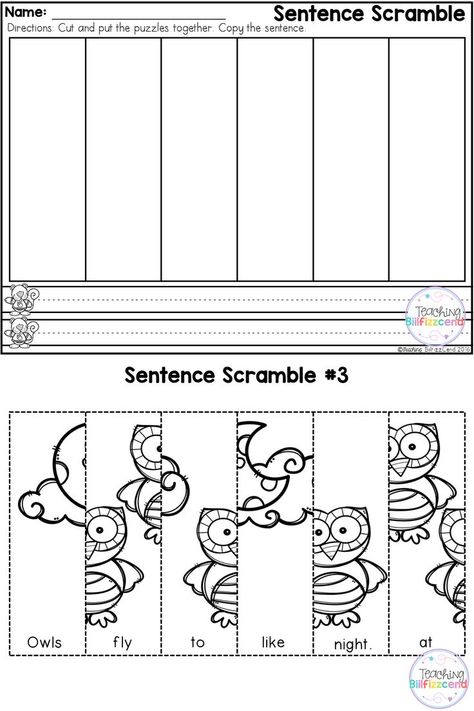 Sick Druzhok lies under the porch. Ilya tied up his sore paw. The boy brought him bread and milk.
Sick Druzhok lies under the porch. Ilya tied up his sore paw. The boy brought him bread and milk.
Muscovites
We live in Moscow. Our house is on Zhukov street. In the summer we were in the village of Ilyinsky. My grandmother lives in the village of Stepanovo. There is a river called Bystraya. We often went to the river to fish.
Comrades
Shura Lunin and Egor Chalov are comrades. The boys live together. In the summer, the guys found a puppy in the forest. He whined piteously. Shura and Egor took the puppy home. The puppy was named Snowball.
Toys
Children make decorations. The stars are cut out by Misha Luzhin. Flappers are glued by Sasha Chudin. Lanterns are made by Lena Yashina. Nuts are colored by Anya Chaikova. Tree soon.
In the park
It was a clear day. Here is the park. Fluffy spruces and pines grow here. Lenya and Yana were looking for bumps.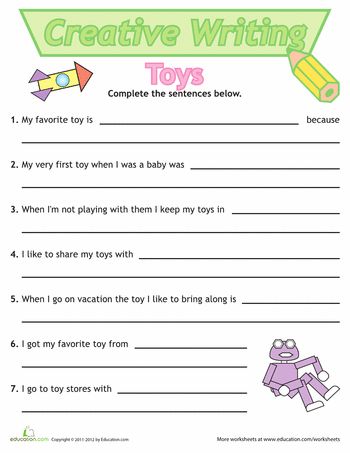 This is bird food. Seeds in cones. A squirrel jumped on the spruce.
This is bird food. Seeds in cones. A squirrel jumped on the spruce.
Kyiv
We live in Kyiv. Kyiv is the capital of Ukraine. Our city is big and beautiful. It stands on the banks of the Dnieper. Kyiv has many streets, parks and squares. Our house is on Artyoma street.
Pine
A pine grew at the edge of the forest. There was an old nest on the pine tree. Crows lived in it. Autumn came. It's raining. The forest is gray and gloomy. The trees are silent.
Reference words: in it, came.
Skiing
I am skiing in the forest. There are traces of birds and small animals in the snow. In winter it is good in the forest. Snow glitters on the trees. A large ball of snow fell from a pine tree.
Reference words: glitter.
Christmas tree
A beautiful Christmas tree was brought to the school. We had a labor lesson. We made toys. Katya has a horse and a bunny.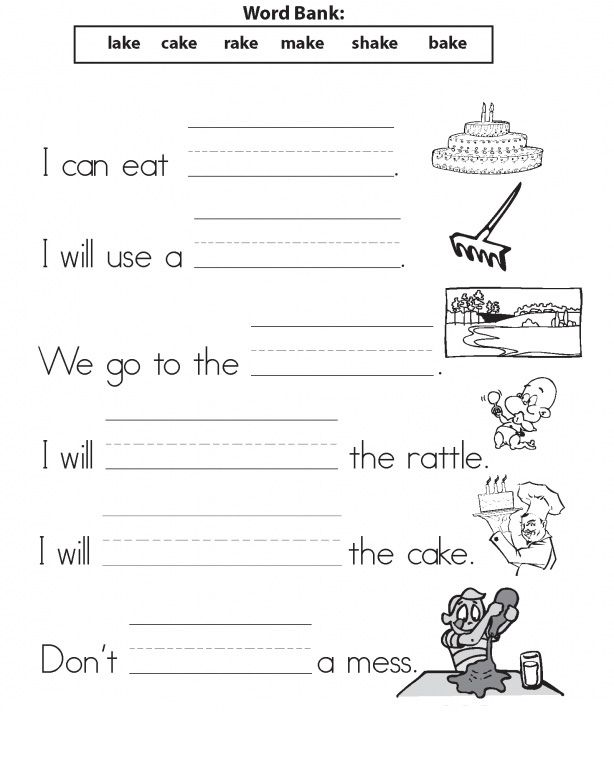 Olga and Dasha have paper beads. Our toys are great!
Olga and Dasha have paper beads. Our toys are great!
Checkers
Guests came to Kolya Chaikin. The guys were playing chess. Vanya Yolkin played with Kolya. Andrey Kruzhin followed the game. Then Andrei and Vanya played. Grandmother Klava gave everyone tea.
Apple tree
A small apple tree grew near the house. A strong wind picked up. He began to twist and break it. Kolya brought stakes. The boy tied up the apple tree. Snow fell during the night. Fluffy fur wrapped the tree.
Words for reference: about, apple tree, break, tied up.
Thumbelina
Autumn. It's been raining all day. Thumbelina was looking for a home for the winter. Beyond the forest were fields. Bread was removed from the fields. Thumbelina noticed a mink. The entrance to the hole was covered with leaves.
Reference words: Thumbelina, noticed .
Second half of the year
***
Dictation for chk, ch, th
The bath attendant, the bird-keeper, the honors worker, the concrete worker, the greengrocer, the drummer, the lamplighter and the welder sailed on a sunny day on a river steamboat. My daughter had a habit of losing a pen, a ring, buckwheat, a sheep and a bug. A night butterfly nurses a chick.
My daughter had a habit of losing a pen, a ring, buckwheat, a sheep and a bug. A night butterfly nurses a chick.
***
Training dictation for live, thick
Charming hedgehogs in the silence of the thicket hiss at the cones. The mice decided to sew a turban for a seagull. A bird is carrying a thorn in a wheelbarrow. Natasha and Grisha are having tea. Our little ones are looking for gloves and pencils.
In winter
Snow flakes quietly fall to the ground. The kids are playing in the yard. The pond and the river are covered with ice. Olga goes to the skating rink. Uncle Yasha teaches everyone to skate.
Reference words: ride.
***
A gloomy autumn has passed. Snowflakes swirled cheerfully in the air. They covered the whole earth. Juicy berries hung on the mountain ash. A flock of thrushes flew up to the tree. Good bird food!
In the forest
In winter I went skiing.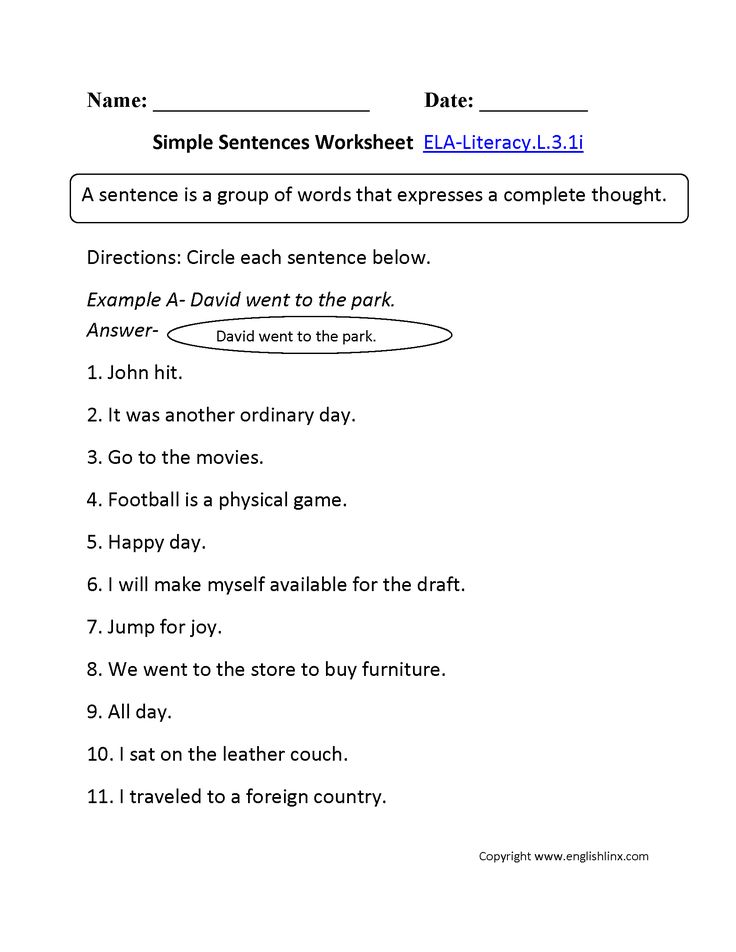 Fluffy snow in the forest lay on branches and branches. The woodpecker thumped loudly. From under the bark of a tree, he took out a bug. There was a hole under the spruce. Who lives there ?
Fluffy snow in the forest lay on branches and branches. The woodpecker thumped loudly. From under the bark of a tree, he took out a bug. There was a hole under the spruce. Who lives there ?
Reference words: from under
On the river
Oleg and Vasya were walking from school. Thick snow fell. The boys went down to the river. Vasya ran across the ice. The brittle ice cracked. Vasya almost fell into the water. The boys hurried to the house.
Reference words: ran, did not fall, hurried
In the morning
Snowflakes merrily swirled in the air. Snow fell during the night. In the morning, animals and birds left a chain of footprints in the snow.
The cat Vaska jumped from the porch. Whose trail leads to the garden?
Reference words: left
Berries
The whole earth was covered with snow. It is difficult for a hare to find food. And juicy berries hung on the mountain ash.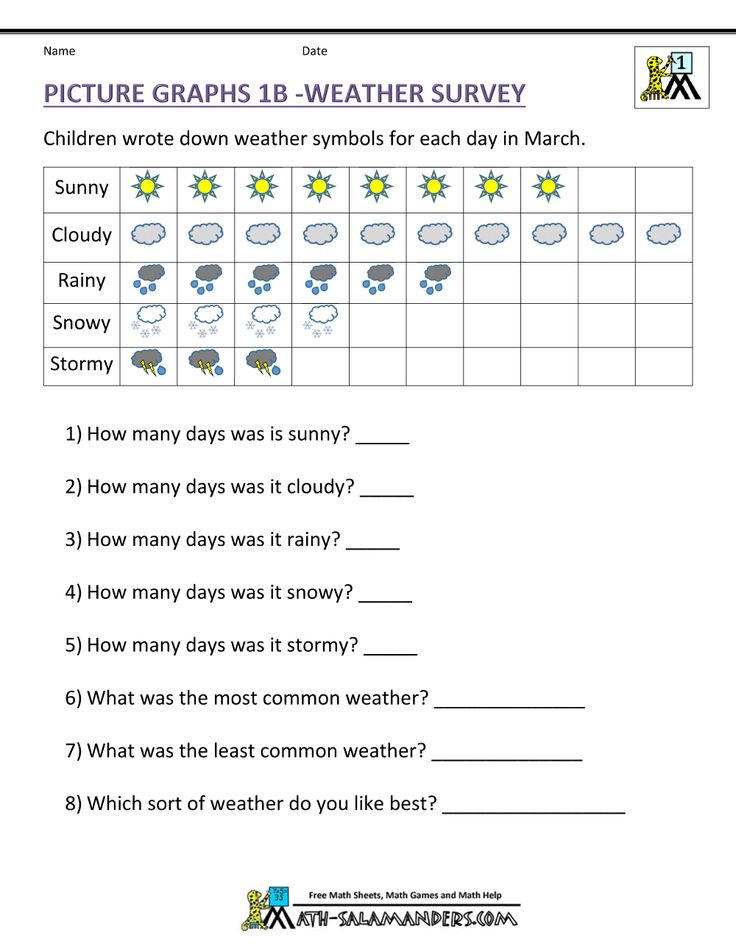 The wind called the bunny. The wind began to shake the mountain ash strongly. Large berries fell on the snow. Bunny is happy. A fluffy animal is full.
The wind called the bunny. The wind began to shake the mountain ash strongly. Large berries fell on the snow. Bunny is happy. A fluffy animal is full.
Words for reference: fell asleep, mountain ash, hung
Here is lunch
In the afternoon I went to the grove with my dog Timka. It was good in the grove. Snow lay everywhere in a white carpet. A squirrel jumped on an old spruce. A dry mushroom hung on a knot. The animal noticed him. Here is lunch.
Reference words: went, noticed, lunch
In the yard
It was very cold at night. There is ice on the water. Fluffy snow fell in the morning. Outside is fun and noisy. Alyosha harnessed Tom to the sleigh. The boys were running after the dog.
Reference words: fell out, harnessed, ran
Spring
The ground is covered with snow. Winter roams in the fields and forests. The wind blew off the white dress of winter from the hill.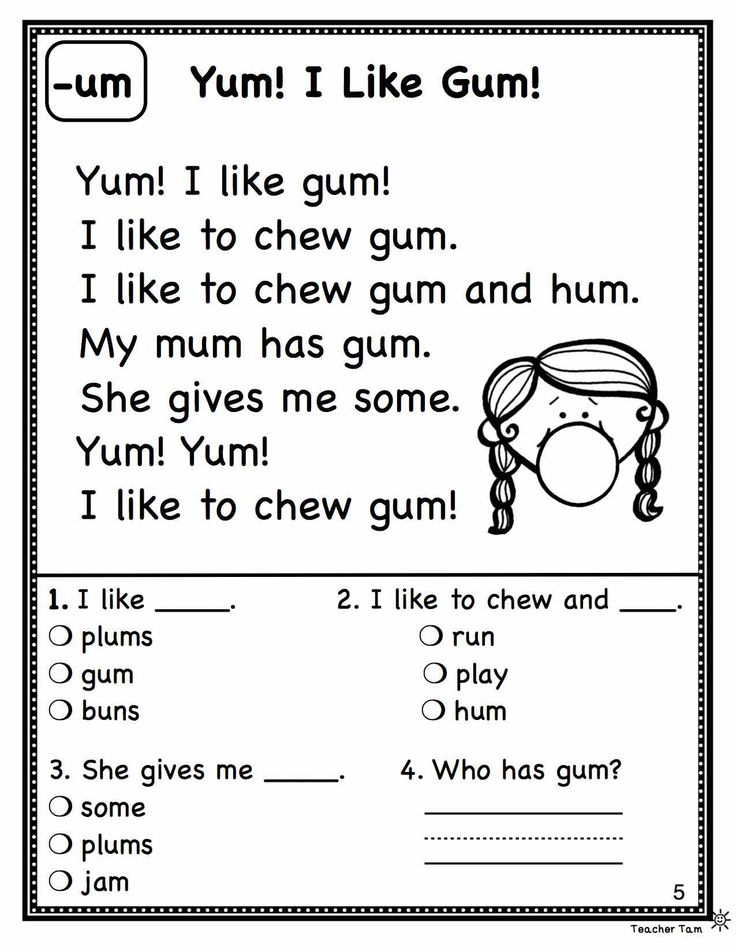 The frozen brown earth appeared. Here is the sun. The quiet ringing of a drop wakes the forest. A bright stream gurgles under the snow. The song of the birds resounded along the deaf paths.
The frozen brown earth appeared. Here is the sun. The quiet ringing of a drop wakes the forest. A bright stream gurgles under the snow. The song of the birds resounded along the deaf paths.
Reference words: appeared, spread
Ice is coming
Spring has come. The children run to the river. There is ice on the river. The water is bubbling and noisy. He finds an ice floe on an ice floe. A dog is swimming on a large ice floe. The water quickly carried the ice floe to the shore. There were logs along the shore. The dog jumped on a log and escaped from trouble.
Words for reference: carried, shore, escaped, to the river
It's snowing
Spring is here. Snow is falling from the mountains. Rapid melt waters run to the lake. There are bare bushes near the water. Dirty drifts of snow settled. Muddy streams of water filled all the pits. Puddles everywhere. The children are playing on the porch. It's dry there.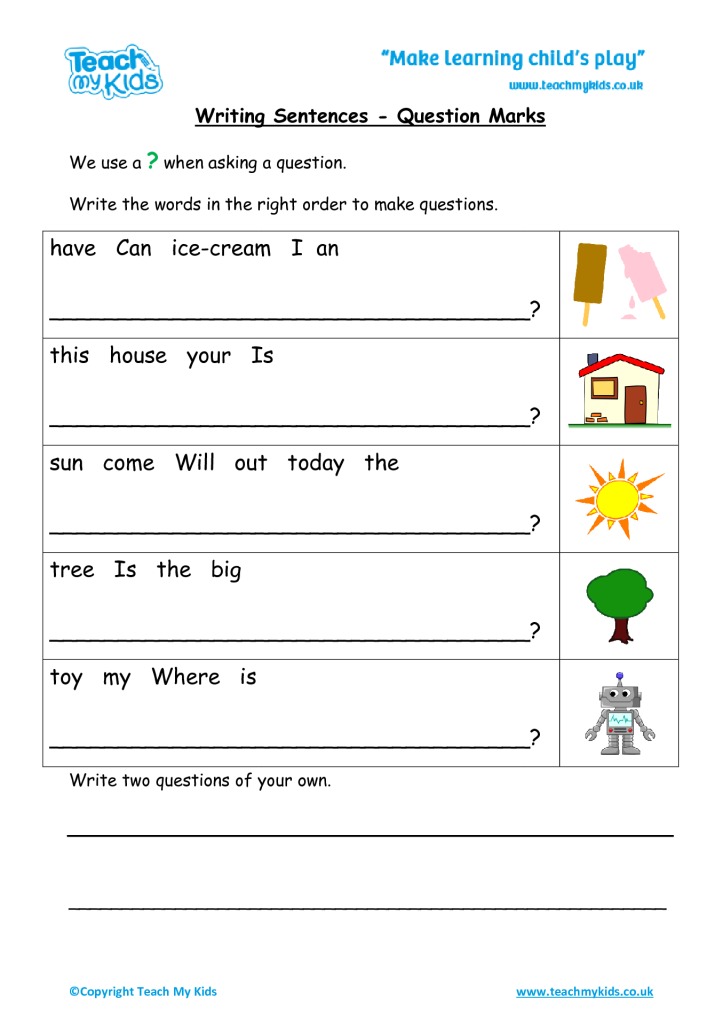
Reference words: running, standing
Spring has come
Mud and snow squelch underfoot. But how fun it is! The sun shines brightly. Warm rays play in puddles with jackdaws and sparrows. The river swelled and darkened. The branches of the bushes are bare. But they already live and breathe. Here comes the spring.
Reference words: darkened, breathing
The first days of spring
The first days of spring have come. The sun shines and warms. Warm rays destroy snow fortresses. At the porch of a puddle. Droplets ring everywhere. Fragrant buds swelled on the branches. Willow bushes have blossomed. A crow perched on a maple branch. She screams hoarsely. The jackdaw is looking for a place to nest.
Reference words: fortress, ringing, screaming, looking.
Boat
Warm spring has come. Water flowed. The children took the boards and made a boat. The boat floated on the water. The children ran after her and shouted merrily. They didn't look down. The children got into a puddle.
The children ran after her and shouted merrily. They didn't look down. The children got into a puddle.
Morning
It's morning. Outside the window, a rooster crowed. A new day is coming. Forest edges are buried in flowers. Beetles hum loudly. Birds fly by, animals run by. In summer, the forest edge is the most fun place. Good summer days!
Vaska
Kotok is a gray pubis. Affectionate Vasya, but cunning. Paws velvet, steel. Graduation claws, large eyes, crooked teeth. Vaska has sensitive ears, a long mustache, and a silk fur coat. The cat caresses, wags its tail, closes its eyes, sings a song. The mouse is caught - do not be angry.
Cap! Cap!
The bushes filled with water. On each branch of a garland of drops. A sparrow will sit down - a sparkling rain! He starts drinking, and a drop from under his very nose - drip! Sparrow to the other, the other - cap! Jump, jump sparrow, drip, drop drops!
Friendly work
Grandfather brought a load of firewood.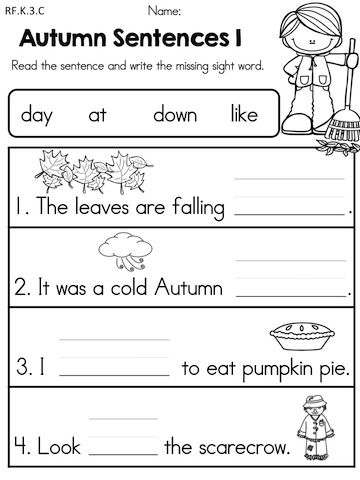 He began to stack firewood near the old pine tree. Grandfather was helped by grandson Vitya. Outside it is very cold and windy. And the boy was hot from work.
He began to stack firewood near the old pine tree. Grandfather was helped by grandson Vitya. Outside it is very cold and windy. And the boy was hot from work.
Words for reference: brought, folded, helped.
Fox
Grandfather went to the river for fish. He caught a full load of fish. Grandpa is going home. On the road lies a fox, as if dead. The old man took the fox and put it on the sled.
Words for reference: caught, rides, put.
March
March has arrived. A lot of drops fall from the roof. Snowdrifts settled on the porch. The stream runs fast. Winter reigns in the forest. Bushes and old stumps are covered with snow. Here the spruce branch trembled. A snowball fell to the ground. The forest is waiting for warm clear days.
Reference words: settled down, reigns, covered up
On the river
My grandfather and I lived on the river bank. My grandfather had a boat.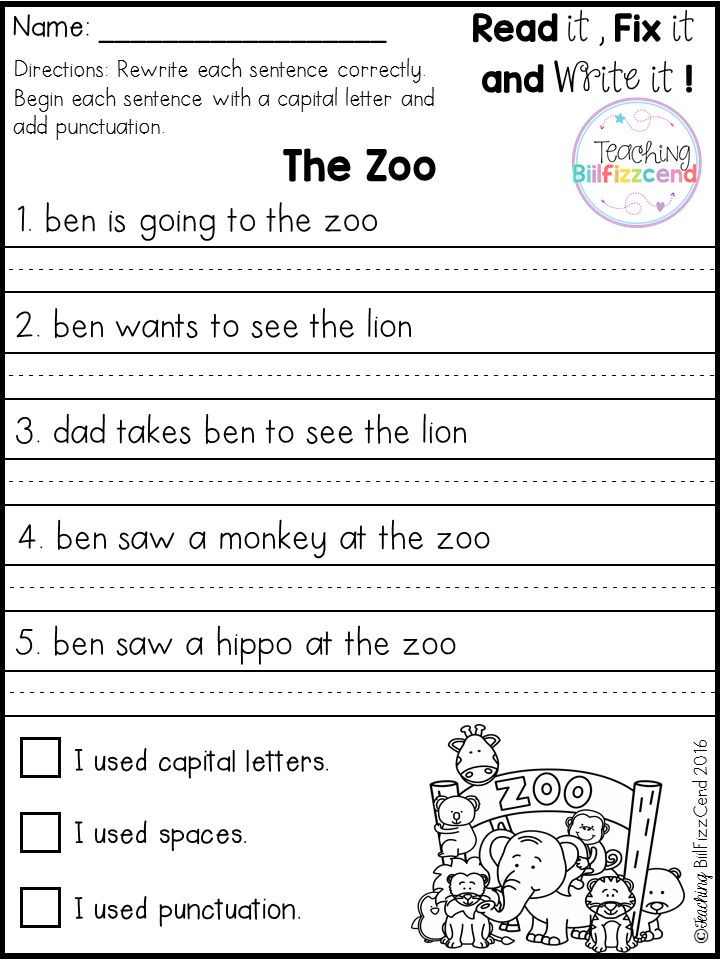 We often ran to the river to fish. The dog Sharik cheerfully met us with a catch. He loved fresh fish.
We often ran to the river to fish. The dog Sharik cheerfully met us with a catch. He loved fresh fish.
Reference words: met
Woodpecker
I see a woodpecker perched on one of the trees. How handsome he is! The head and back are black. There are bright red spots on the back of the head. On the black wings are white spots and stripes. All motley, that's why he was called the motley woodpecker. Well, handsome!
Spring
April has come. There is no more snow. The sun shines brightly all day. At the porch, streams murmur loudly. Alyosha and Misha launch paper boats. They quickly rush through the muddy water. The boys love to play. Soon they will be going to school.
Reference words: walk, shine
Dog Ryabka
We lived on the river bank. We had a new boat. I often ran to the river to fish. There was a booth at the house. Our dog Ryabka lived there. We loved her.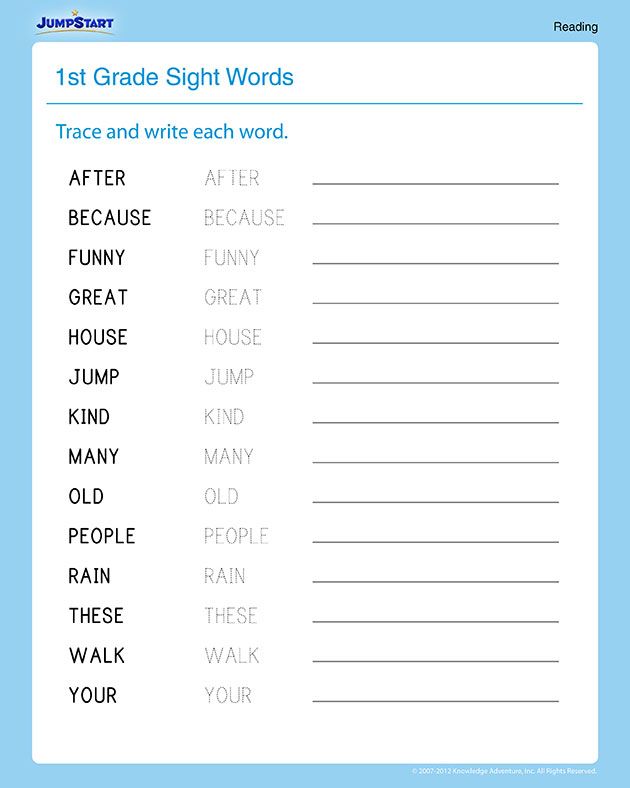 The first fish was for Ryabka. The dog took good care of the house. She was a good friend.
The first fish was for Ryabka. The dog took good care of the house. She was a good friend.
Words for reference: with us, stood, guarded
Liked this:
Like Loading...
20 texts for reading by children 5-6-7-8 years old
A child who has learned to put sounds into syllables, syllables into words, and words into sentences needs to improve their reading skills through systematic training. But reading is a rather laborious and monotonous activity, and many children lose interest in it. Therefore, we offer texts of small size , the words in them are divided into syllables.
First, read the work to the child yourself, and if it is long, you can read its beginning. This will interest the child. Then invite him to read the text. After each work, questions are given that help the child to understand what they have read and comprehend the basic information that they have learned from the text. After discussing the text, suggest reading it again.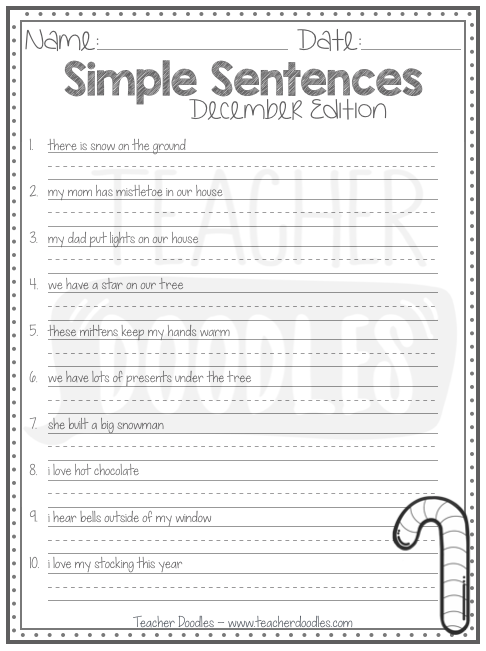
Mo-lo-dets Vo-va
Ma-ma and Vo-va gu-la-li.
In-va ran and fell.
It hurts no-ha, but Vo-va does not cry.
Wow!
B. Korsunskaya
Answer questions .
1. What happened to Vova?
2. What made him sick?
3. Why is Vova doing well?
Clever Bo-beak
Co-nya and co-ba-ka Bo-beak gu-la-li.
So-nya played-ra-la with a doll.
That's why So-nya in-be-zha-la to-my, and the doll for-would-la.
Bo-beek found a doll-lu and brought it to So-ne.
B. Korsunskaya
Answer the questions.
1. Who did Sonya walk with?
2. Where did Sonya leave her doll?
3. Who brought the doll home?
The bird made a nest on a bush. De-ti our nest-up and took off on the ground.
- Look, Vasya, three birds!
In the morning, de-ti came, and the nest-before it was empty.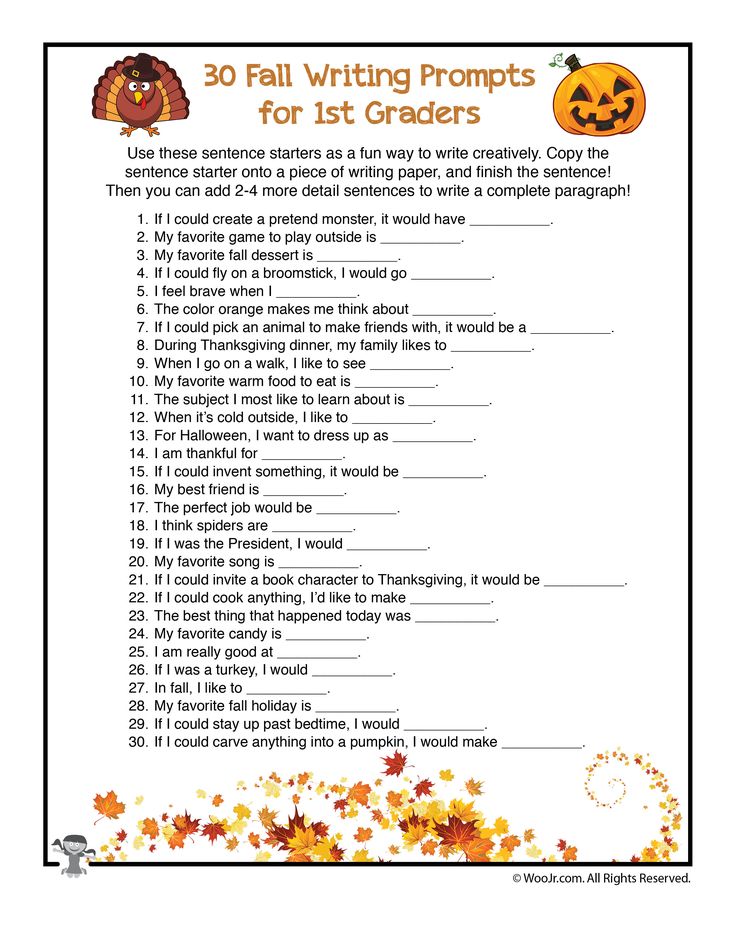 It would be a pity.
It would be a pity.
L. Tolstoy
Answer questions.
1. What did the children do with the nest?
2. Why was the nest empty in the morning?
3. Did the children do well? How would you do?
4. Do you think this work is a fairy tale, a story or a poem?
Pete and Mi-shi had a horse. They began to argue: whose horse. Did they tear each other apart.
- Give me - my horse.
- No, you give me - the horse is not yours, but mine.
Mother came, took a horse, and nobody's horse became.
L. Tolstoy
Answer the questions.
1. Why did Petya and Misha quarrel?
2. What did mother do?
3. Did the children play horse well? Why do you think so
?
9000
427
9000 9000 9000 9000 FILVORDA for the development of the reading, attention here.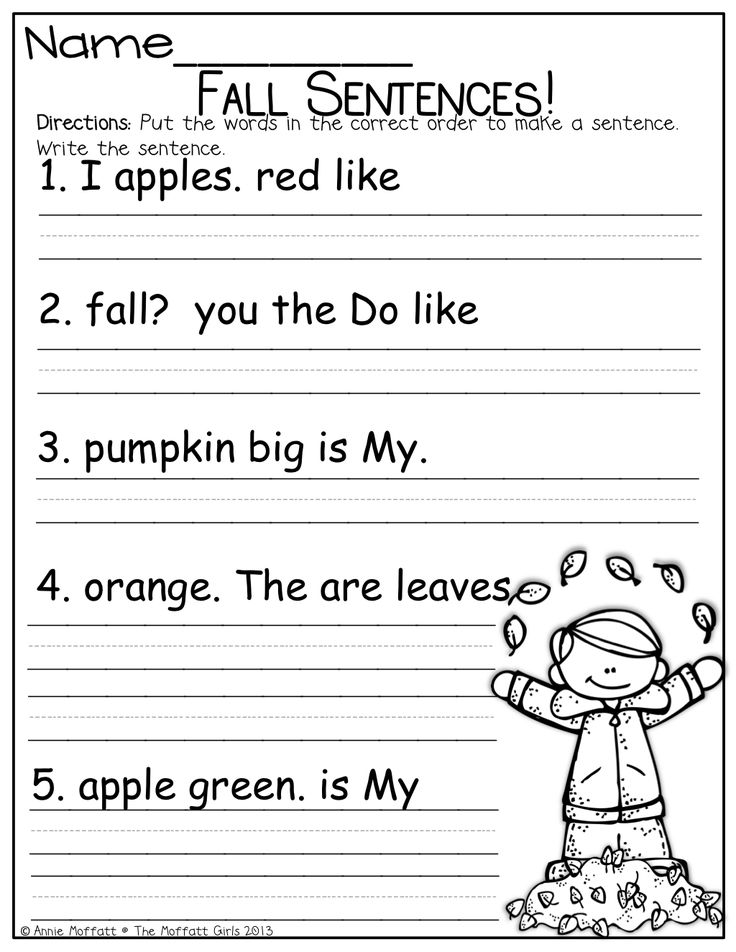
It will be interesting for children to read selected texts, they affect the emotional world of the child, develop his moral feelings and imagination . Children will get acquainted with the works of L. Tolstoy, K. Ushinsky, A. Barto, S. Mikhalkov, E. Blaginina, V. Bianchi, E. Charushin, A. Usachyov, E. Uspensky, G. Snegiryov, G. Oster, R. Rozhdestvensky, as well as fairy tales of different nations.
It is advisable to show children the genre features of poems, stories and fairy tales using the example of these works.
Fairy tale is a genre of oral fiction containing events unusual in the everyday sense (fantastic, wonderful or worldly) and distinguished by a special compositional and stylistic construction. In fairy tales there are fairy-tale characters, talking animals, unprecedented miracles happen.
Poem is a short poetic work in verse. The verses are read smoothly and musically, they have rhythm, meter and rhyme.